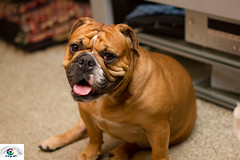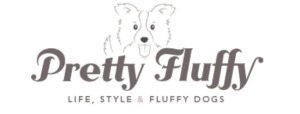Your dog is more than just an animal that lives in your home — it’s a part of your family. Chances are your four-legged companion enjoys eating some of the same foods you do, perhaps even eating food straight from your kitchen table. But not all foods are permissible for a dog. In fact, your canine’s dietary restrictions include many common household foods that could prove toxic for your pet.
Avocados
Avocados contain Persin, which is potentially toxic to dogs. The good news is that avocados are only toxic to dogs in large quantities, so don’t be too anxious if you have been guilty of letting Fido lick the bottom of the guacamole bowl after your last party. Just don’t let it happen again.
Grapes
These tiny little fruits are notorious for falling out of the refrigerator or slipping out of the hands of toddlers and preschoolers. But if you have a dog in the house, you may want to keep a careful eye out for rogue grapes. All varieties of grapes, as well as their shriveled counterparts, raisins, are capable of causing kidney failure in dogs.
Chocolate
This is one of the most dangerous foods for a dog, due to its caffeine content and the presence of theobromine. Each of these components work as stimulants that can cause the heart to race. Because theobromine is digested very slowly in the canine body, it can cause your pet to become very ill or even die.
Macadamia Nuts
These nuts, as innocent as they seem, are highly toxic to dogs. Just one or two traditional macadamia nut cookies could be enough to make your dog very ill, potentially causing neurological debilitation and vomiting.
When it comes to your pet’s diet, it is always better to be safe than sorry. If you are not positive that a food is safe for your pet to eat, don’t give it. And as always, ask your pet’s veterinarian before changing your pet’s diet or introducing a new food.















